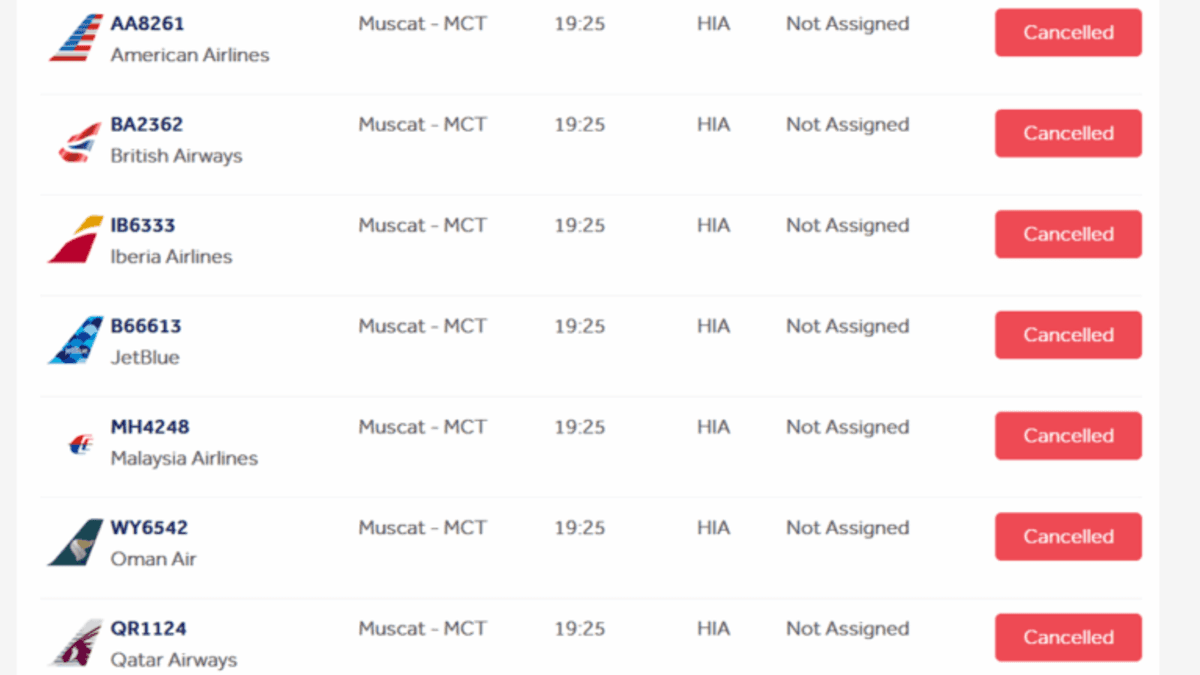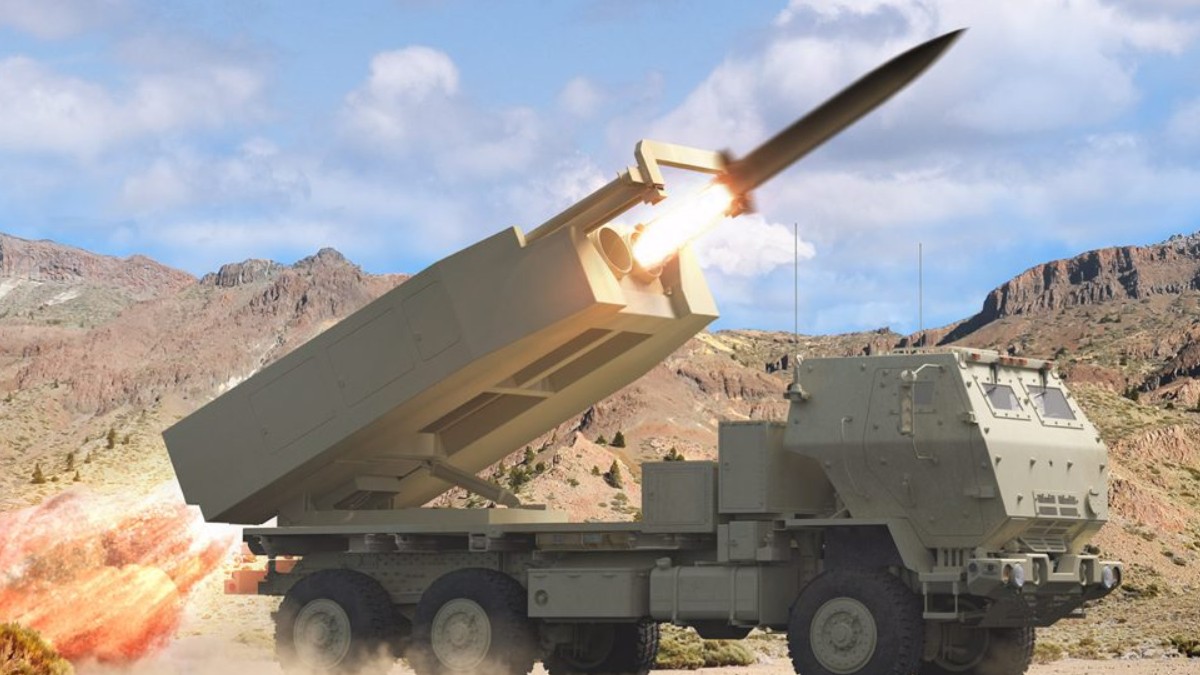Airlines reroute and suspend services after Iranian missile strike on US base in Qatar
Airlines worldwide scrambled to reroute flights and suspend operations on 24 June, 2025, after Iran launched missiles at the Al Udeid US military base in Qatar, prompting regional airspace closures and major disruptions to global travel routes.

- Iran fired missiles at the Al Udeid US military base in Qatar on 24 June, 2025, prompting airspace closures across the Middle East.
- Airlines including Air India, Qatar Airways, and Singapore Airlines suspended or rerouted flights, with dozens of diversions recorded.
- Already-limited global flight corridors, restricted by the Ukraine war, now face further strain, raising costs and extending journey times.
Airlines around the world were forced into emergency action on 24 June, 2025, after Iran launched missiles at the Al Udeid US military base in Doha, Qatar.
Although the missile strike caused no casualties, the incident triggered widespread disruption to air travel across the Middle East, one of the world’s busiest aviation corridors.
The Iranian action came just one day after a US strike targeted Iranian nuclear sites on 23 June, escalating tensions across the region.
Regional airspace closures and warnings
In response to the missile attack, several Middle Eastern countries moved quickly to shut their skies, citing safety concerns.
According to state media reports, Bahrain and Kuwait briefly closed their airspace before reopening it later in the day. Qatar suspended flights over its territory, while Dubai Airports warned of flight delays and cancellations after briefly halting operations.
The closure of multiple air corridors created a ripple effect for international airlines, forcing diversions and cancellations.
Air India heavily affected
Air India was among the most severely affected carriers. On Monday, the airline announced it had suspended all flights to the Middle East, as well as to North America’s east coast and Europe.
These long-haul routes often depend on transit corridors across Middle Eastern skies. With those now either closed or unsafe, the airline said it had little choice but to ground or reroute its services.
Several Air India flights that were already airborne were forced to return to their points of origin rather than enter restricted airspace.
Other international airlines took similar action to protect their crews and passengers.
Diversions at Doha and Dubai
Data from aviation analytics firm Cirium showed that nearly two dozen flights bound for Doha were diverted on Monday. The majority of these flights were operated by Qatar Airways, one of the largest carriers in the region.
Flights to Dubai, one of the world’s busiest international hubs, were also disrupted. Although diversions were fewer than in Doha, airlines reported significant knock-on effects across their schedules.
Kuwait Airways cancelled all its Monday departures, while Abu Dhabi-based Etihad Airways confirmed rerouting of multiple flights on 24 and 25 June.
Spanish airline Iberia, part of International Airlines Group (IAG), scrapped plans to resume services to Doha after reassessing the risks posed by the missile strikes.
Wider disruption across global carriers
The growing uncertainty prompted other airlines to adjust their schedules.
Singapore Airlines cancelled flights to Dubai through Tuesday, while Finnair suspended all flights to Doha until at least 30 June.
Air France cancelled flights to Riyadh and Beirut, and confirmed that services to Lebanon would remain suspended until 26 June.
British Airways and Kazakhstan’s Air Astana both cancelled flights to Doha and Dubai on 23 and 24 June.
North American carriers, including American Airlines, United Airlines, and Air Canada, had already suspended flights to Qatar and the United Arab Emirates before the missile attack.
Strain on alternative flight corridors
The closure of Middle Eastern skies adds to an already strained global aviation network.
Airspace over Russia and Ukraine has been closed to most airlines since the outbreak of the Ukraine conflict, severely limiting options for transcontinental travel.
With Middle Eastern corridors now restricted, airlines are being forced to adopt lengthier routes. Options include flying north over the Caspian Sea or south through Egyptian and Saudi airspace.
Aviation experts warn that such rerouting will result in longer journey times, increased fuel costs, and possible higher fares for passengers.
Concerns over proximity to US military bases
According to analysts from Osprey Flight Solutions, many carriers are specifically avoiding Doha and Dubai because of concerns that Iranian forces, or their regional proxies, may target US military installations located near commercial hubs.
The Al Udeid base in Qatar, struck by Iranian missiles on 24 June, is one of the largest US military facilities in the region. It sits only a short distance from Hamad International Airport, a major global transit hub.
This proximity, experts suggest, raises the risk that future strikes could inadvertently endanger civilian aviation.
Historical precedent and safety concerns
The aviation industry has a history of reacting swiftly to regional conflicts.
In 2014, Malaysia Airlines Flight MH17 was shot down over eastern Ukraine after flying through contested airspace, killing all 298 people onboard. That tragedy transformed how airlines evaluate risk, making them quicker to divert flights away from potential conflict zones.
The present Middle Eastern crisis, involving two of the world’s busiest aviation hubs, could mark one of the most disruptive episodes since the COVID-19 pandemic grounded international travel in 2020.
Economic and operational impact
For airlines, the disruption comes at a time of rising fuel prices and tight margins. Lengthier detours will increase operational costs, while cancellations are likely to impact revenue during a peak summer travel season.
For passengers, the result may be sudden cancellations, extended delays, or longer travel times. Airlines are offering rebooking options, though many face logistical challenges given the limited capacity on alternative routes.
Outlook and uncertainty
It remains unclear how long the disruptions will continue. While some airspace has reopened, airlines remain cautious, with several carriers extending suspensions into late June.
Much depends on whether tensions escalate further between the US and Iran, or whether a diplomatic solution emerges.
For now, the Middle East’s role as a vital bridge between Asia and Europe has been severely tested. The safety of international skies, experts emphasise, remains paramount.








0 Comments